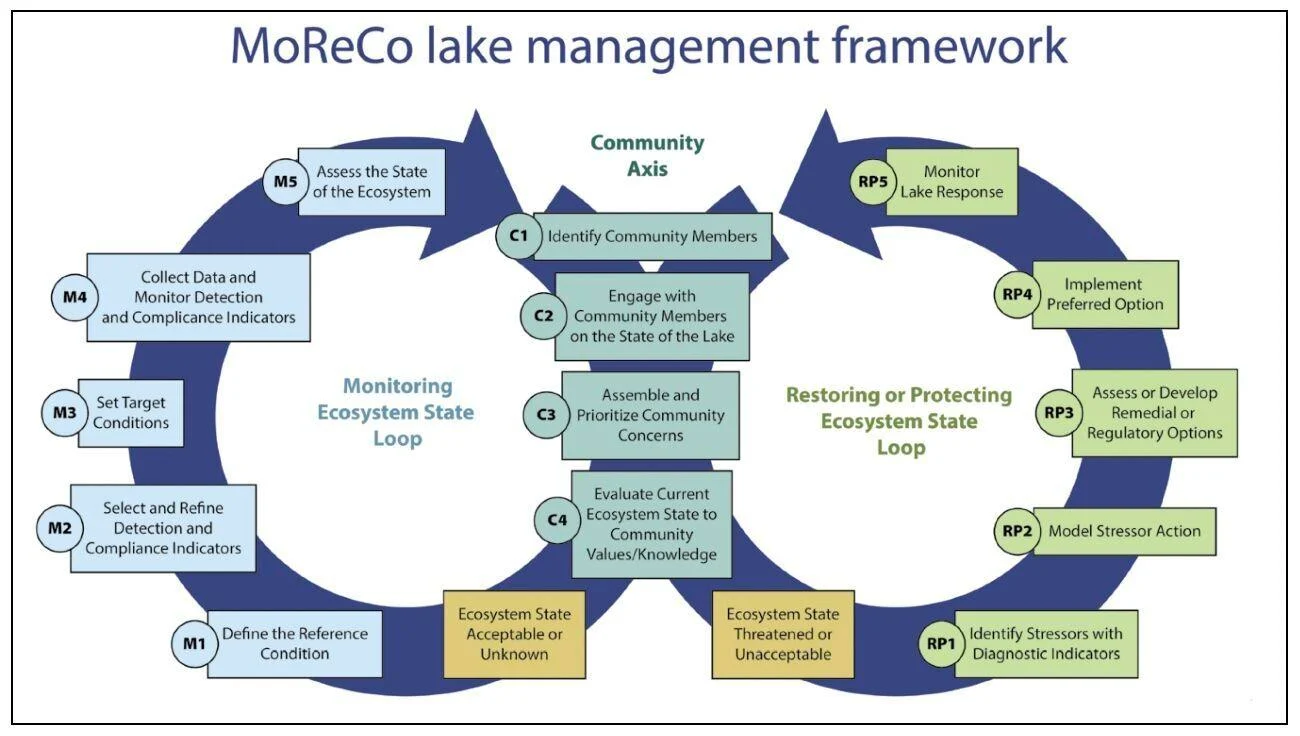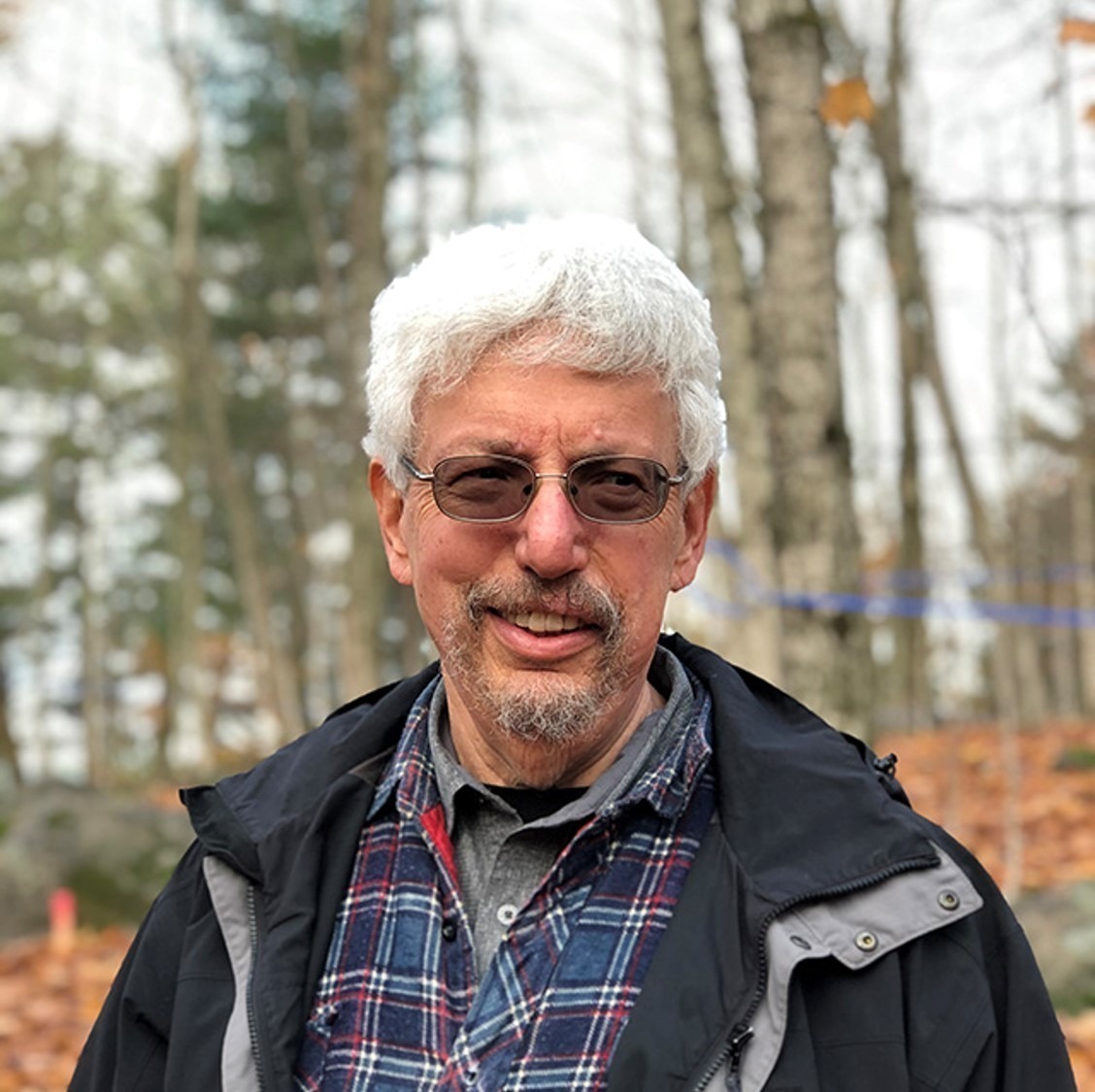Might the time be here for community engagement in lake management?
Lake health is guaranteed by vigilance — by monitoring indicators of current and emerging threats.
By Dr. Norman Yan
An old lake management model from 30 years ago didn’t make the light of day back then, but 30 years later it’s been refreshed and published by the next generation of limnologists.
In 1599, Shakespeare, in Julius Caesar, wrote “timing is everything.” The phrase still rings true.
For example, 1995 wasn’t the right time for four young Ministry of Environment scientists to produce a lake management approach that included public engagement.
Peter Dillon, our boss at the time, told me and my fellow scientists Keith Somers and Greg Mierle that senior management wanted to understand the roles science plays in protecting our lakes. We were shocked.
Surely, they already knew. But Peter convinced us this was our chance to explain to our bosses how sound science underpinned sound environmental policies.
So, the four of us tackled the question and came to believe that environmental management must be seen as ongoing, with two interacting loops of actions, one for assessing environmental condition, the other for fixing environmental problems — the two loops sharing a common midrib of public engagement.
In that midrib, the public’s expectations for environmental condition are gauged, so that the facts of environmental condition could be passed through the filter of societal values.
Excitedly, we wrote it up, but the report was never released. It was apparently too controversial. It wasn’t the right time for these ideas.
Thirty years later, the timing is apparently right.
Community engagement is now recognized as key to sound environmental management.
The proof? Recently, 14 limnologists from three continents, led by Jacob Cianci-Gaskill from Ohio, published a paper in Lake and Reservoir Management called “A lake management framework for global application: monitoring, restoring and protecting lakes through community engagement.”
The idea for this paper hatched at a workshop on public engagement during a meeting of limnologists in Huntsville three years ago.
I asked the young limnologists in the room if the time was really right to bring community engagement into a formal process of managing lakes, and if our 30-year-old model could help play that role.
The idea was warmly embraced and bore fruit — the updated version of the model that Peter, Greg, Keith and I proposed 30 years ago, but with an even stronger public engagement midrib, called the Community Axis.

The updated model, called the MoReCo framework (for Monitoring, Restoring and Community engagement) summarizes the sequence of steps that can be followed to manage virtually any threat to lake health.
The framework’s midrib is community engagement, emphasizing the key roles that communities can and should play in ensuring healthy lakes stay healthy, threats to that health are detected early, and ongoing problems are both diagnosed and remediated.
The framework can address multiple stressors concurrently and incorporate new ones as they emerge.
It recognizes that lake protection should be ongoing. Problems emerge and are resolved (think acid rain, for example), but the process is ongoing.
It doesn’t stop when lakes are deemed healthy, rather that health is guaranteed by vigilance — by monitoring indicators of current and emerging threats, and reporting that information to the community.
Those are the purposes of the left-hand loop — The Monitoring Ecosystem State Loop. Should new threats or problems be detected, the focus shifts to the right-hand loop of the framework to deal with these new threats to lake health.
Centuries before Shakespeare quipped “Timing is everything,” Hillel the Elder posed his third philosophical question “If not now, when?”
Are we finally ready to consider public engagement as essential to protect the lakes we all love?
Limnologists appear to be ready and the Muskoka Watershed Council has formed a Community Roundtable to inform the next steps in managing our Muskoka Watershed. What about the rest of us? Are we willing to take part?

This is the latest in our summer series of articles from the Muskoka Watershed Council on “Living in A Changing Watershed” published on MuskokaRegion.com. Each explores a common theme of integration and relationships — how we cannot thrive without understanding how ecological forces, including human actions, shape the world we live in. Dr. Norman Yan is a retired aquatic scientist, Bracebridge resident and director of Friends of the Muskoka Watershed.
